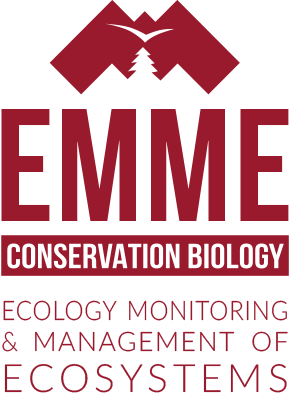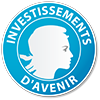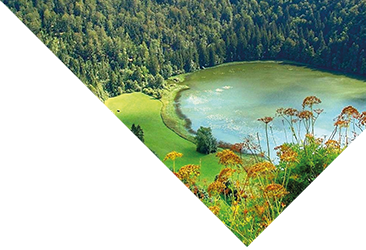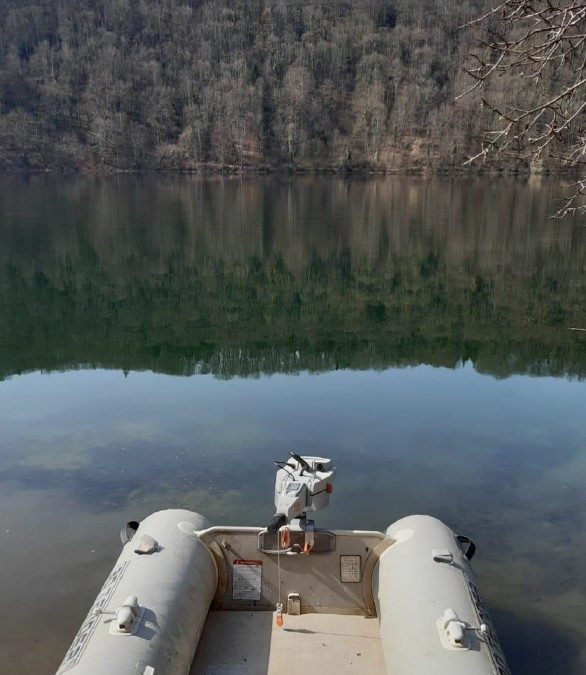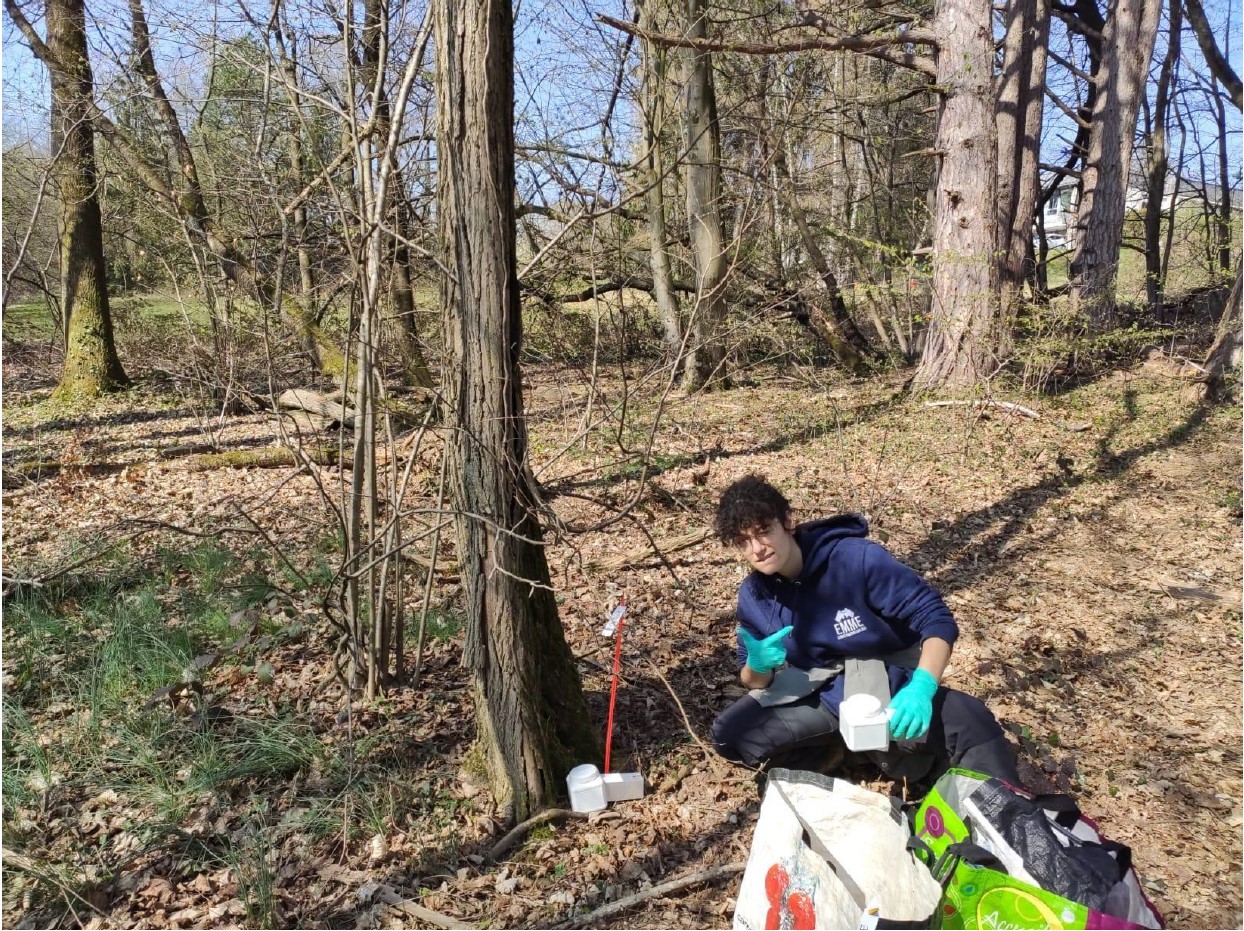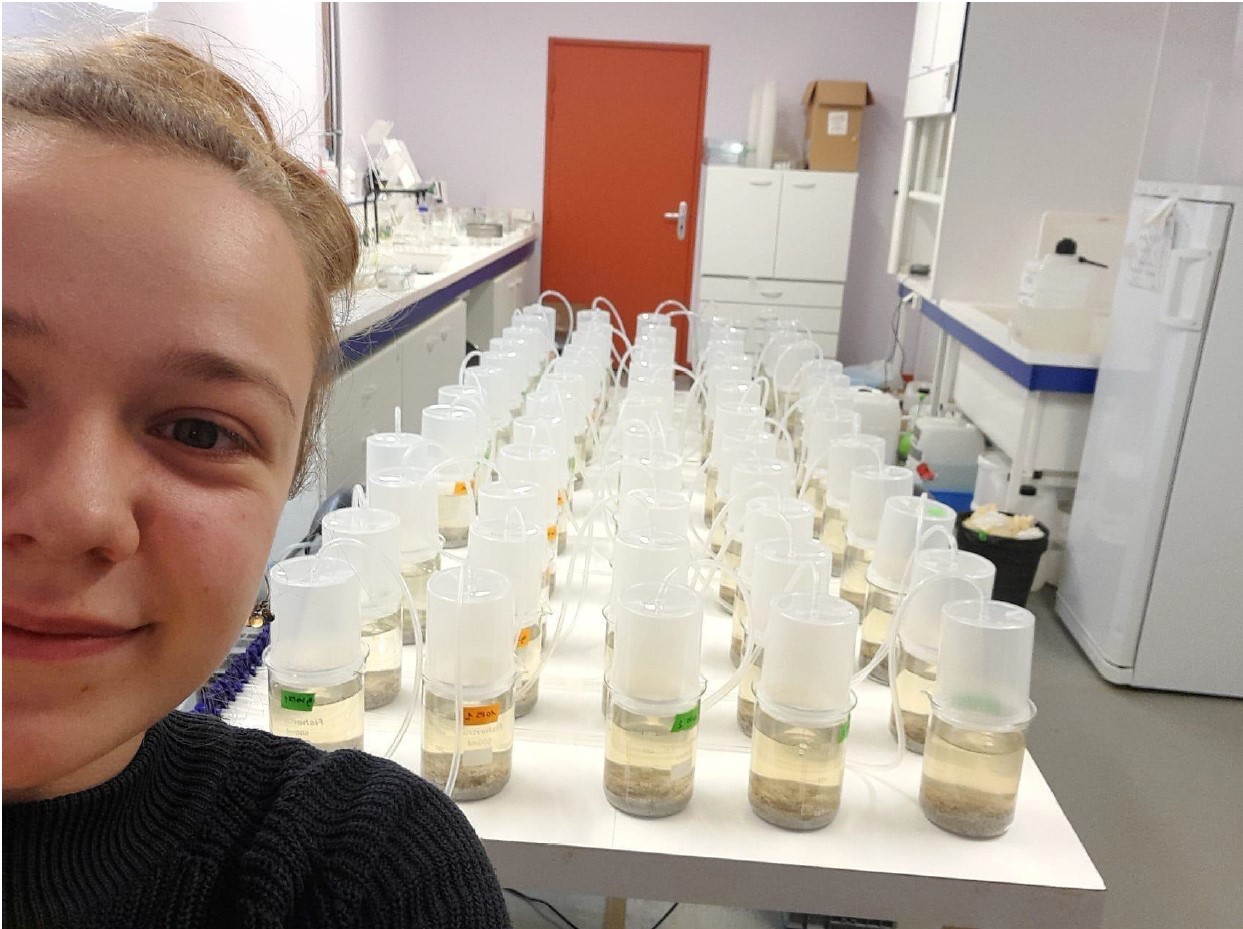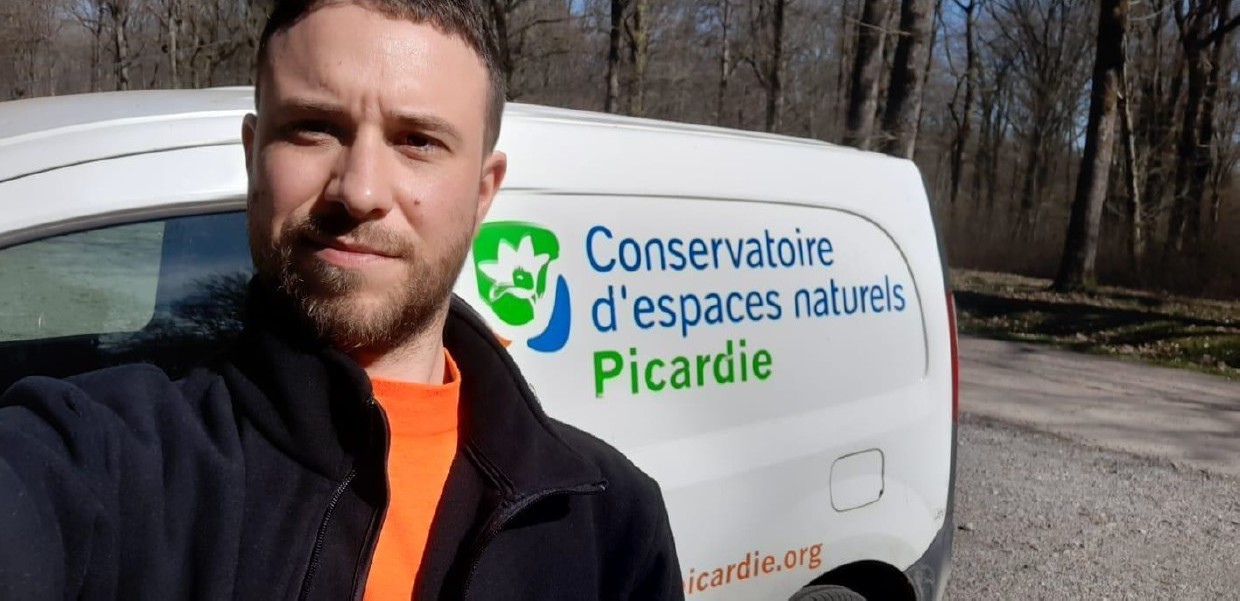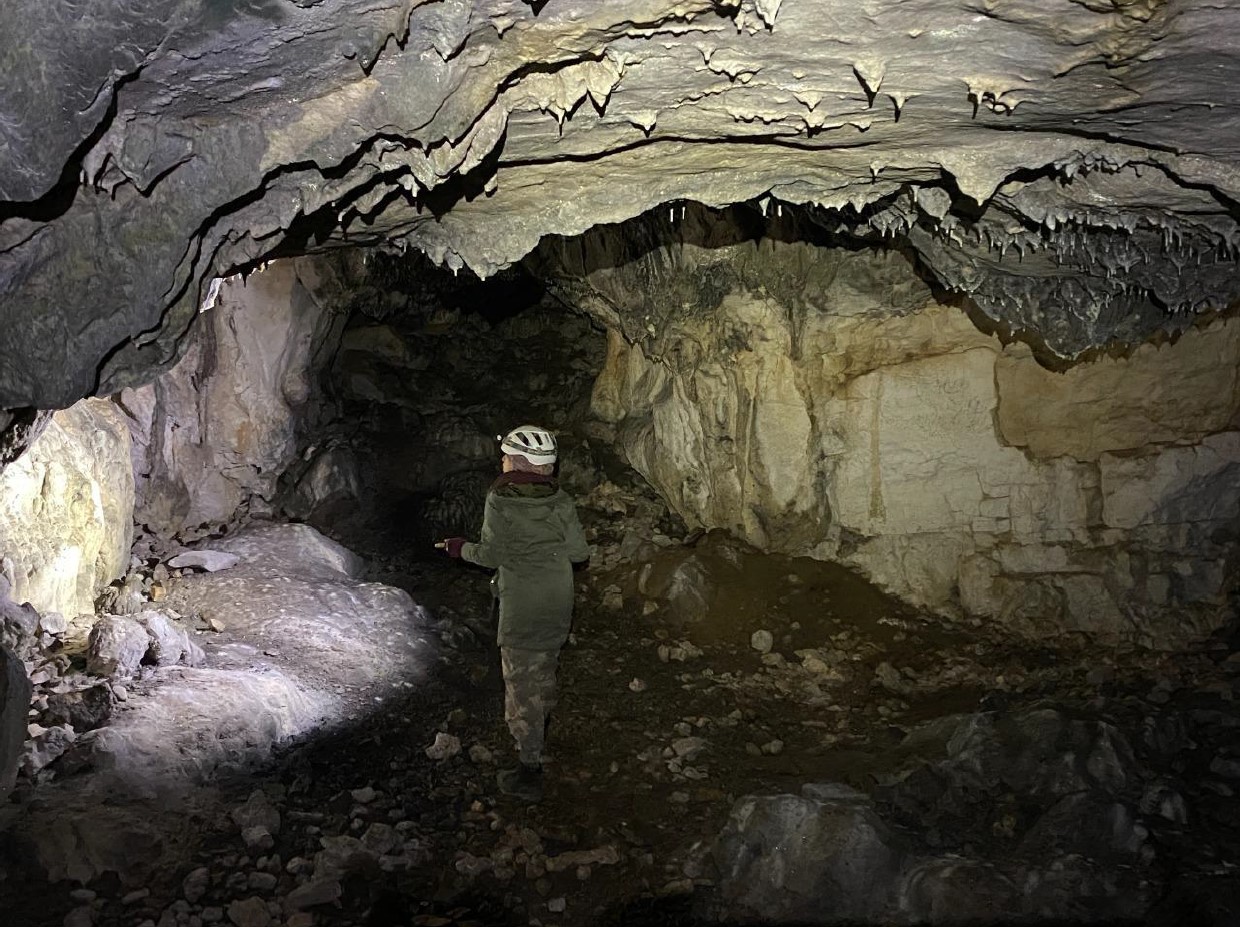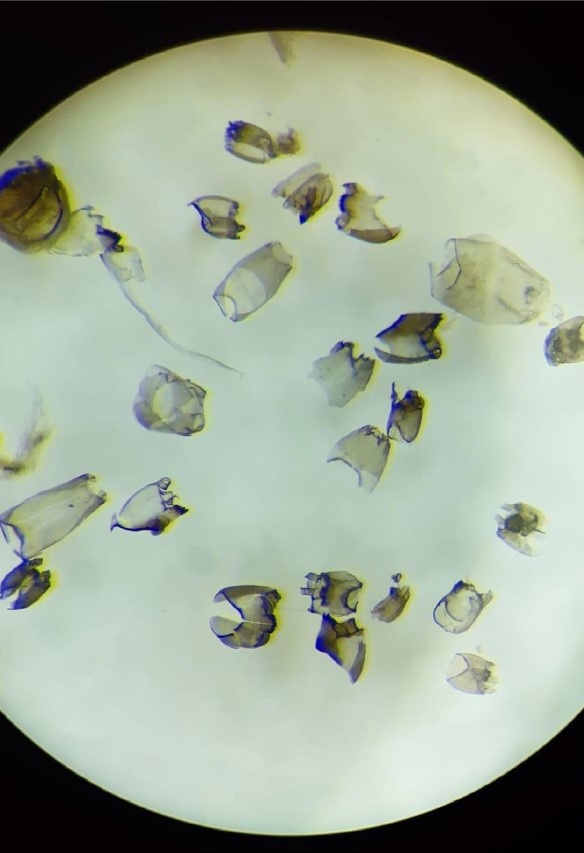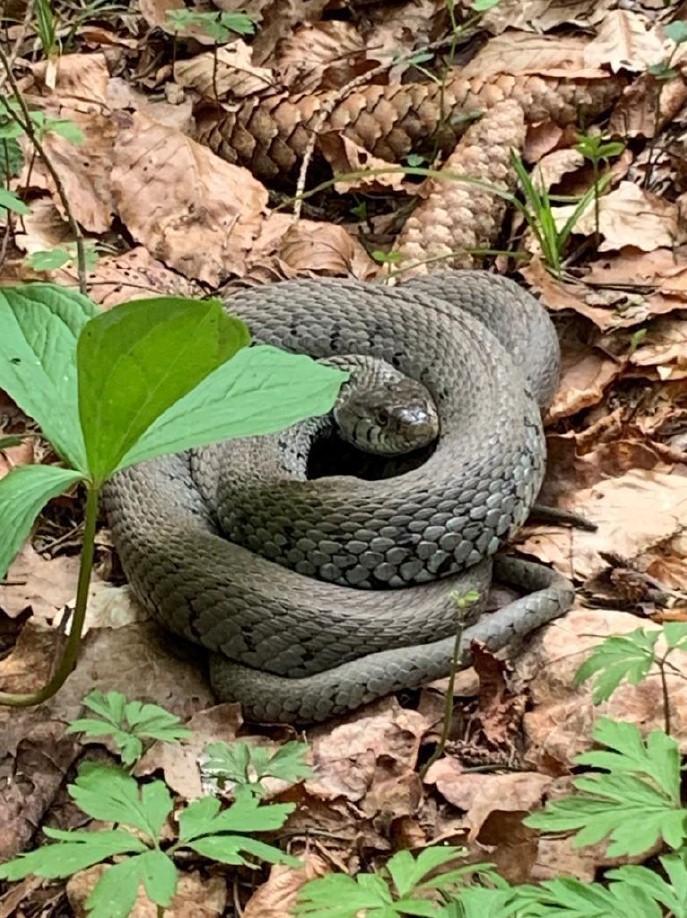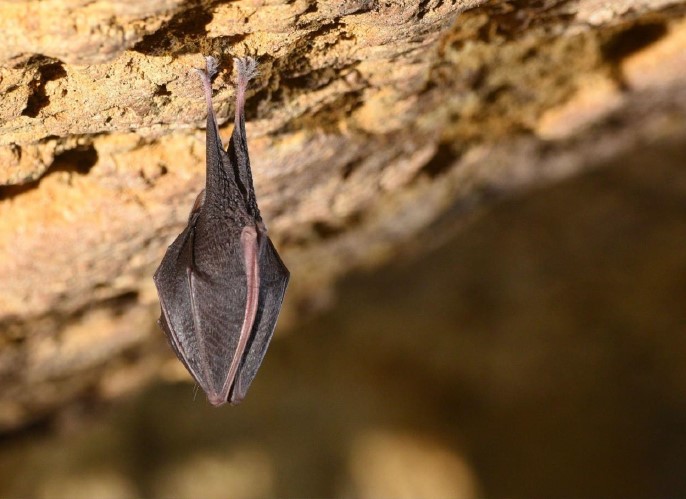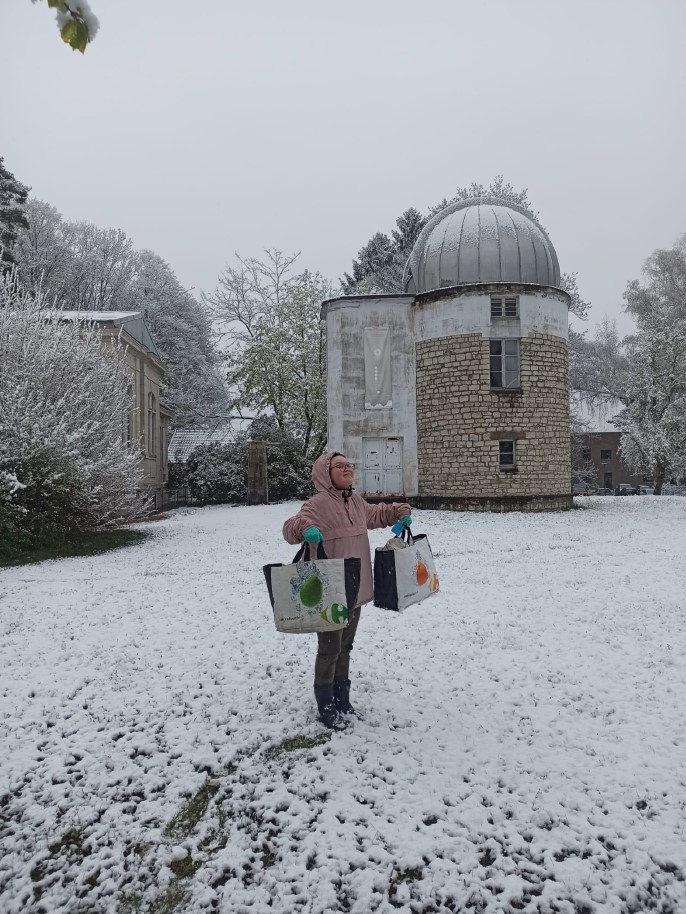Trigger warning: there is a photograph of a snake in this article.
June 2022 – The first year of the master’s is almost finished for the 2021/2022 M1 class. During the M1 year, internships range in duration from 2 to 3 months. Most of the students started their internships at the end of February 2022 and have been carrying out their internships in a range of hosting structures in France.
Cloé HADJADJI
Cloé is working on the impact of individual and environmental features on haematological parameters in the Wood Mouse (Apodemus sylvaticus) at the Chrono-environnement Laboratory in Besançon. The work she is doing includes statistical analysis, database management, small mammal trapping, and blood sampling. She also had the opportunity to take part in a field session at the old MetalEurop Nord site in northern France, as well as being initiated into the laboratory techniques of flow cytometry and Randox analyses.
Manon PERRIER
Manon is also doing her internship at the Chrono-environnement Laboratory, assessing how microplastic and mercury toxicity in sediments affect chironomid larvae survival, growth, and emergence. Her work on this project has included a lot of different tasks – a literature review, setting up an experimental protocol, monitoring and maintenance of experimental devices, data collection, management and analysis.
Kevin POTTER
Kevin is doing the Master’s on a professional work/study contract (Contrat de professionnalisation en alternance) and, as such, is completing his internship with his employer: Conservatoire d’Espaces Naturels (CEN) des Hauts-de-France. He is studying the distribution and population dynamics of Dicranum spurium (Hedw.,1801) in dry heathland in northern France. His internship involves field work, bibliography, statistical analyses and his final aim is to draw conclusions about management actions favouring the species.
Diana ORTIZ PEREZ
“How have global changes affected populations and communities?” That is what Diana will have to answer using retro-observations of animal biodiversity during the Anthropocene. More specifically, she will be using indices of human pressures on bat populations. Diana is working at the Chrono-environnement Lab for her internship. She is is one of our international students and, if you are interested, you can read her recent interview with us here.
Justine FRISON
Justine is also doing her internship at the Chrono-environnement Lab, carrying out a paleolimnological diagnosis of Lake Bonlieu in the Jura department. Her work involves numerous tasks, but the focus of her project is to search for and identify chironomid assemblages in lake sediment to reconstruct the lake’s ecological trajectory over the last two millennia using the ecology of these organisms. Her aim is to determine if the functioning of the lake is natural or if it is disturbed. As part of this study, she is using stable isotope analysis of ephippia to study organic carbon and nitrogen ratio of the sediment, as well as chlorophyll.
Marius PAVAT
Marius is doing his internship with the Chamber of Agriculture for the Doubs department. He is analysing the floristic richness of permanent grasslands as part of their “Payments for Environmental Services” project. His work consists of creating floristic inventories in agricultural plots and then mapping them.
Hugo JEANNELLE
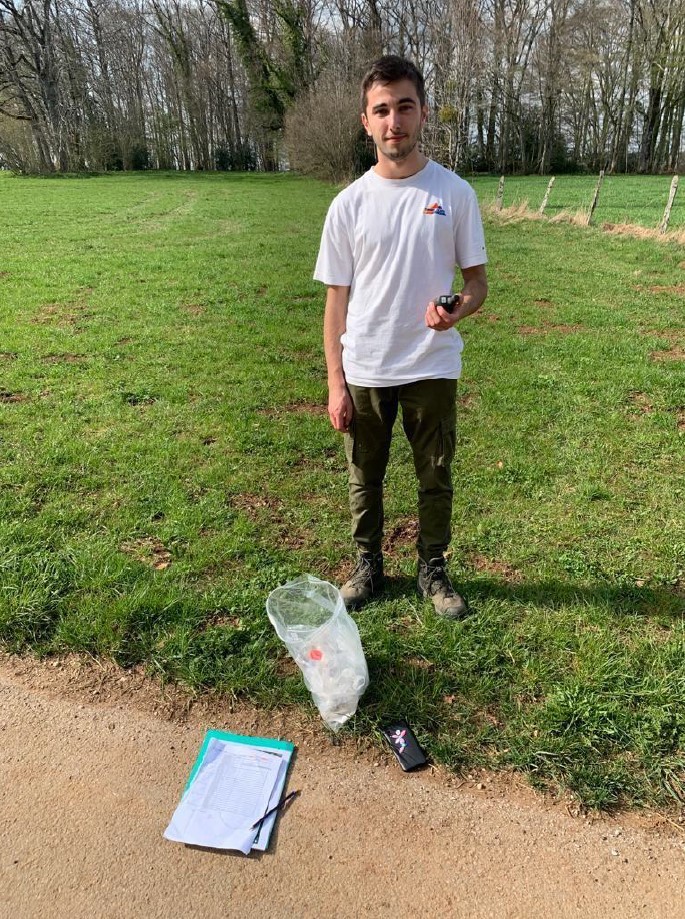
For his internship, Hugo is studying the possible seasonality in the presence/absence of the parasite Echinococcus multilocularis in the faeces of carnivores in 3 endemic areas. His hosting structure is the Chrono-environnement Laboratory, and his focus is statistical and spatial analysis of data collected every 2 months over the previous 2-3 years.
Maël MARGUET
Maël is completing his internship at the Chrono-environnement Laboratory in Besançon. His project is studying the impact of watershed disturbances on the origin and transfer of consumed carbon in boreal forest lakes in Canada.
Em JOHAN
Em is doing their internship at a naturalist association called Renard (REgroupement des Naturalistes ARDennais) as part of a mission from the government’s regional directorate (DREAL, Direction régionale de l’environnement, de l’aménagement et du logement). The association studies the hunting area of The Lesser Horseshoe Bat (Rhinolophus hipposideros), within the Natura 2000 protected area the species inhabits, conducting mapping and carrying out acoustic studies. The project also aims to organise a radio tracking session to trap and follow the creatures at night.
Alisa SHAKUROVA
Alisa is another one of our international students who we recently interviewed and is completing her internship at the Chrono-environnement Laboratory, focusing on soils. Specifically, she is studying the evolution (from 2006 to 2019) of soil parameters (metal concentrations, physico-chemical properties, microorganisms) and their influence on haematological/immunological parameters in the wood mouse (Apodemus sylvaticus).
